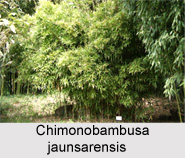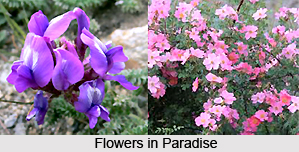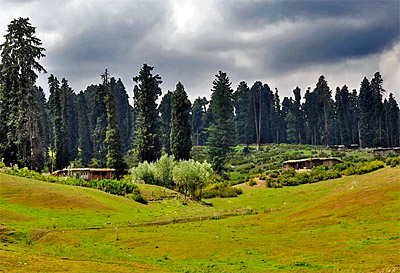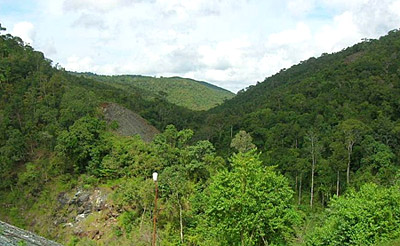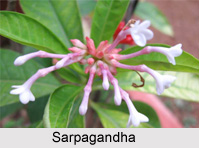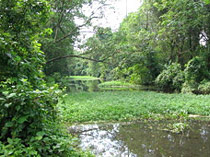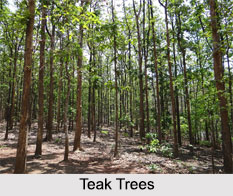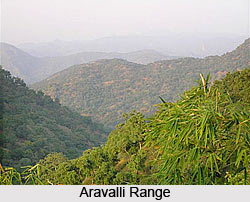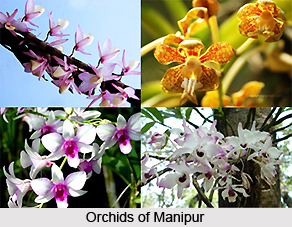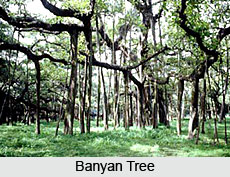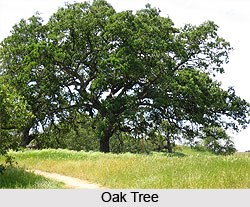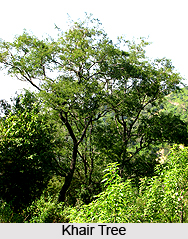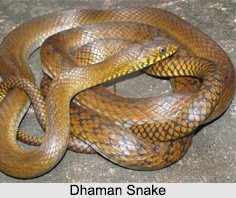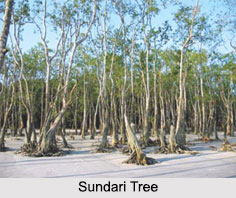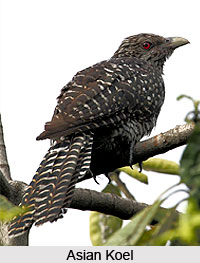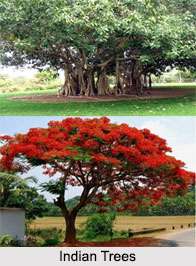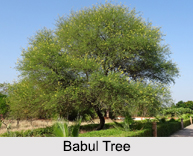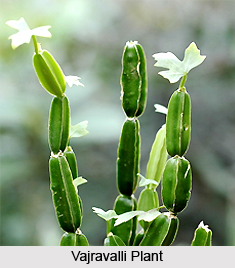 Vajravalli, a medicinal plant of India, is known for its vast curative and therapeutic properties. Cissus quadrangularis is the scientific name of this medicinal plant. Some of the common names of Vajravalli include harbhanga, hasjora and horjora in Bengali language; in English it is known as bone setter or edible-stemmed vine; in Gujarati language, Vajravalli is known as chodhari, hadsand, hadsankal and vedhari. Vajravalli is a Sanskrit term and the other name of Vajravalli in Sanskrit language is asthisan-hari. In Hindi language it is known as hadjora, harsankari; in Kannada language Vajravalli is known as mangaravalli, mangaroli and san-duballi. In Oriya language, it is called as hadabhanga, hadobanda, hadojoda and harbhanga and lastly in Urdu it is known as harjora.
Vajravalli, a medicinal plant of India, is known for its vast curative and therapeutic properties. Cissus quadrangularis is the scientific name of this medicinal plant. Some of the common names of Vajravalli include harbhanga, hasjora and horjora in Bengali language; in English it is known as bone setter or edible-stemmed vine; in Gujarati language, Vajravalli is known as chodhari, hadsand, hadsankal and vedhari. Vajravalli is a Sanskrit term and the other name of Vajravalli in Sanskrit language is asthisan-hari. In Hindi language it is known as hadjora, harsankari; in Kannada language Vajravalli is known as mangaravalli, mangaroli and san-duballi. In Oriya language, it is called as hadabhanga, hadobanda, hadojoda and harbhanga and lastly in Urdu it is known as harjora.
Vajravalli is widely distributed in the Old World tropics from East Africa and the Arabian Peninsula to the Indian subcontinent, mainland Southeast Asia, Philippines and Java. Vajravalli is found throughout India, most commonly in drier regions of peninsular India, extending west to the eastern slopes of the Western Ghats to southern Kerala; commonly cultivated in gardens throughout the country.
Vajravalli is a succulent, glabrous, deciduous climber up to 8 metres long; with thick stems, is quadrangular that is 4 winged (when young). It is dichotomously branched, restricted at the nodes, and generally leafless when old; its tendrils are long, slender, and simple. Leaves of this plant are simple, alternate, thick-coriaceous, broadly ovate, sometimes 3 to 7 lobed, smooth on both surfaces, 2.5 to 7.5 cm long and 3 to 9 cm wide, apex rounded, with truncate base, petioles 6 to 12 mm long; having small stipules, broadly ovate; tendrils simple with opposed leaf. Its flowers are small, are greenish-white in colour, with four petals, acute ovate-oblong, around 3 mm long, hooded at apex. Fruits are globose or obovoid, succulent, 0.6 to 0.7 cm in diametre, apiculate, very acrid, becomes red when ripe, usually one seeded. Flowering occurs from July to September, and it bears fruits from November to January.
In Ayurveda, the plant is considered alterative, carminative, anthelmintic, aphrodisiac and stomachic; it is used in the treatment of gastrointestinal disorders, irregular menstruation, dyspepsia, indigestion, piles, worms, asthma, gout, syphilis, venereal diseases, leucorrhoea and anorexia. A paste of the fresh stem, applied externally (and sometimes given internally), is widely used in traditional Indian medicine to promote healing of bone fractures. It is also used to relieve burns, wounds and the bites of poisonous insects. In Siddha the whole plant and root are used to treat piles, abdominal disorders, diarrhoea and dysentery. The juice from the stem is prescribed as an alterative in the treatment of scurvy, irregular menstruation, nosebleeds, and in diseases of the ear. The leaves and young shoots of Vajravalli have alterative and stomachic properties and are used in powdered form to treat indigestion. A decoction of the shoots with dry ginger and black pepper is given to relieve body pains. Among the Asur tribal inhabitants of Chota Nagpur Plateau and Bihar, the stem and leaves, pounded in water, are given to women to relieve pain after childbirth. An extract of the plant exhibits cardio tonic and androgenic properties. The young stem is edible, sometimes made into curries and chutneys. The ash of the plant is used as a substitute for baking powder.
